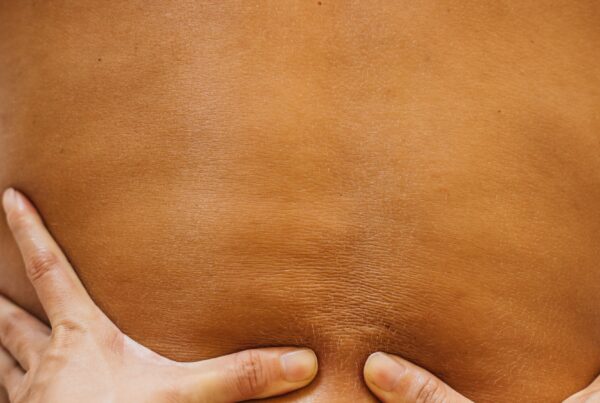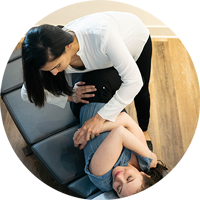- Does your throat itch? If your throat is sore and not itchy, you may have a cold.
- Have your symptoms been progressive or all at once? Colds are usually progressive, whereas allergy symptoms hit at once.
- Has there been any let up or relief of your symptoms? Colds will have an end but allergies won’t let up without treatment or until there is a seasonal hard frost.
- Does itch accompany cough? Both colds and allergies can produce cough. Allergies may include an itch around the mouth or eyes as the body is trying to shed allergens.
- Do you have a fever? Allergies won’t run hot.
- Have any foods caused allergic symptoms such as itching around the mouth? In the fall, raw and unpeeled apples can have this impact for those suffering from seasonal allergies.
- Don’t be fooled by your mucus. The color of mucus with both colds and allergies can be the same. When treating allergies, it’s important to beware of whether or not you also need to treat cold symptoms to avoid long term sinus issues.

How to Detect and Treat Fall Allergies Naturally
Sign up for our free newsletter or follow us to get healthy tips, special offers, and more!
Locations
© 2024 Aligned Modern Health
- Services
-
Heal faster and more effectively
We offer multiple treatment options and specialists under one roof to address everything from pain to dietary imbalances to emotional health - without the use of drugs or surgery.
-
- People
-
Top-rated healthcare providers, changing the face of healthcare
Whether you want to eliminate pain, increase your energy, or address unresolved symptoms of existing health concerns, our team is ready to work with you to create a roadmap for optimal wellness.
-
- Locations
-
Convenient locations throughout Chicago and Suburbs
As a leading wellness center in the Chicagoland area, Aligned Modern Health is committed to serving you wherever you are. Explore our locations to find the most convenient clinic for you.
-
- Resources
-
We believe that the greatest medicine of all is to teach our patients how to not need it.
We pride ourselves in leadership through patient and community education that goes beyond our clinic walls. Every visit is backed by added-value resources, comprehensive support, and community experiences to help you achieve all your wellness goals.
-
- Articles
- Shop
- Book Now








